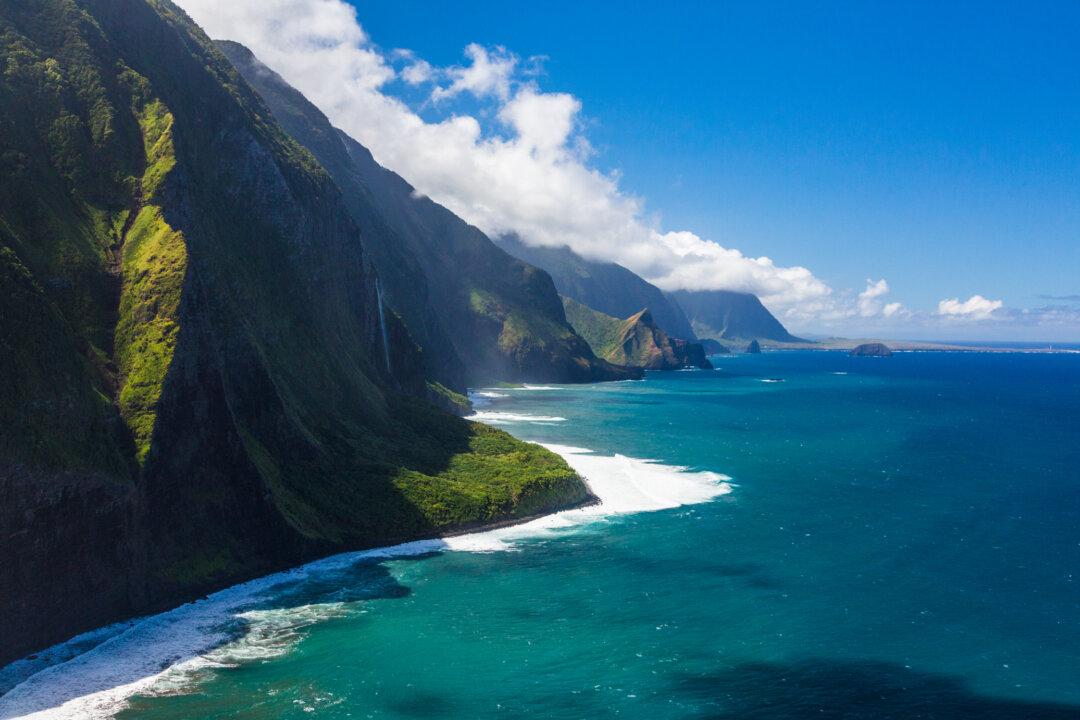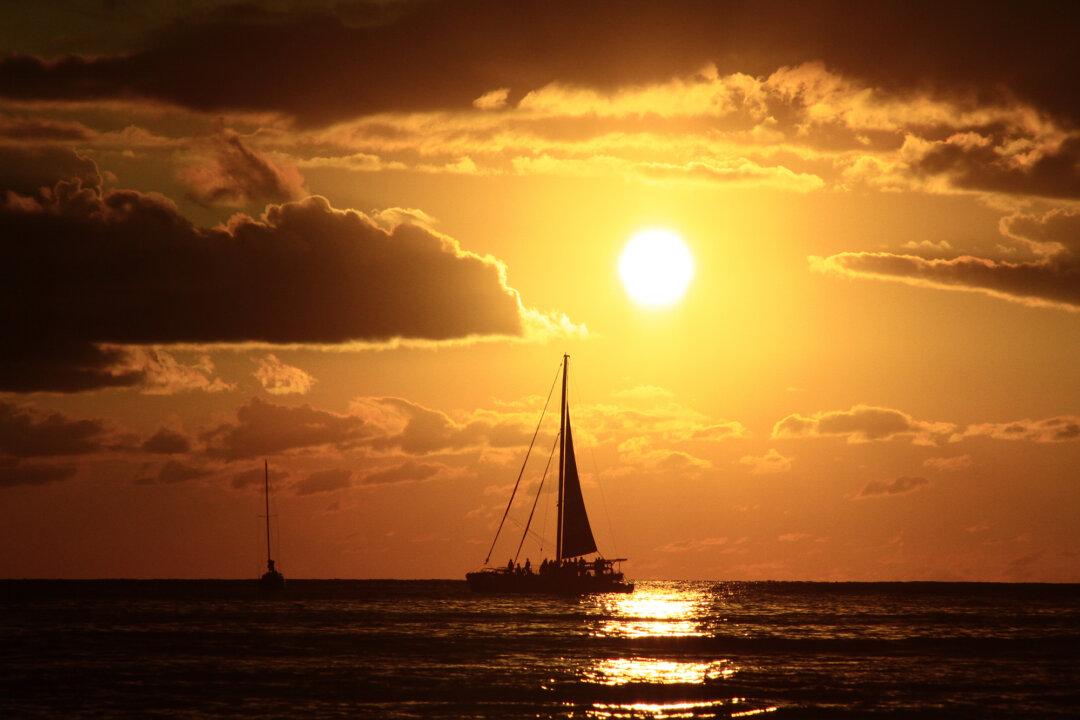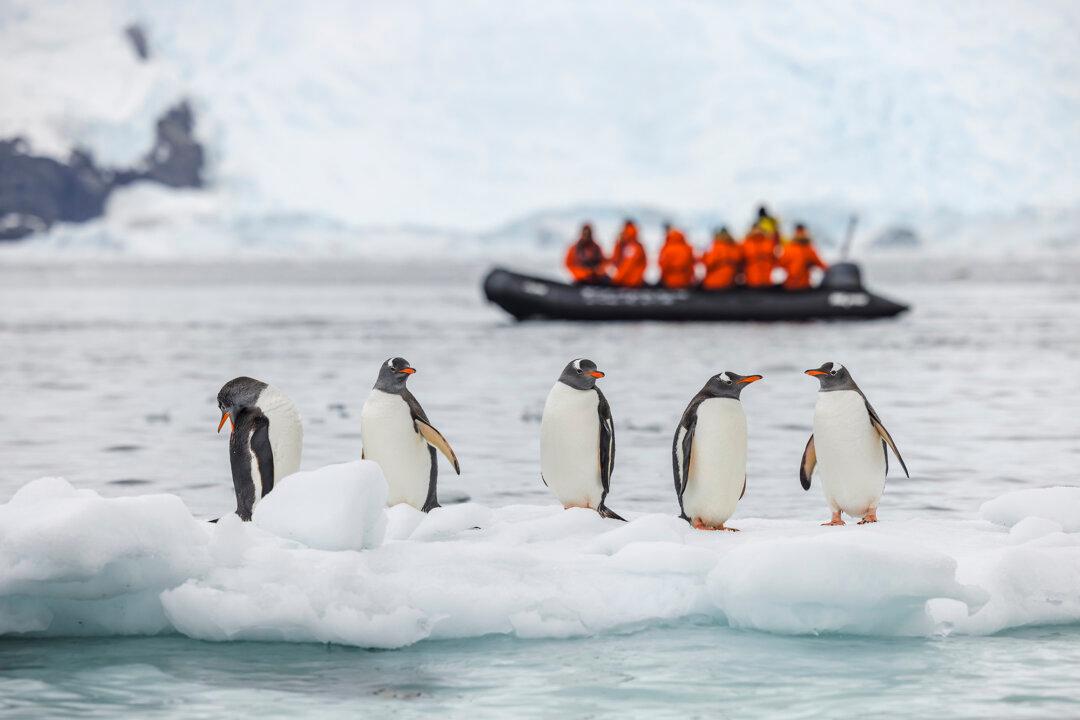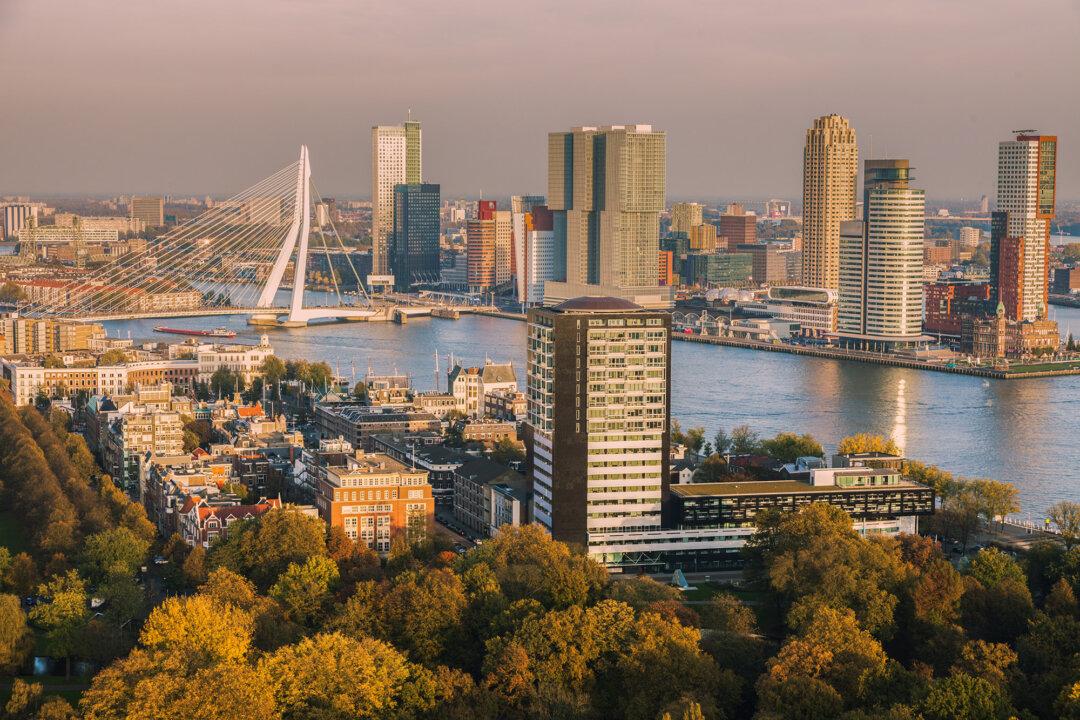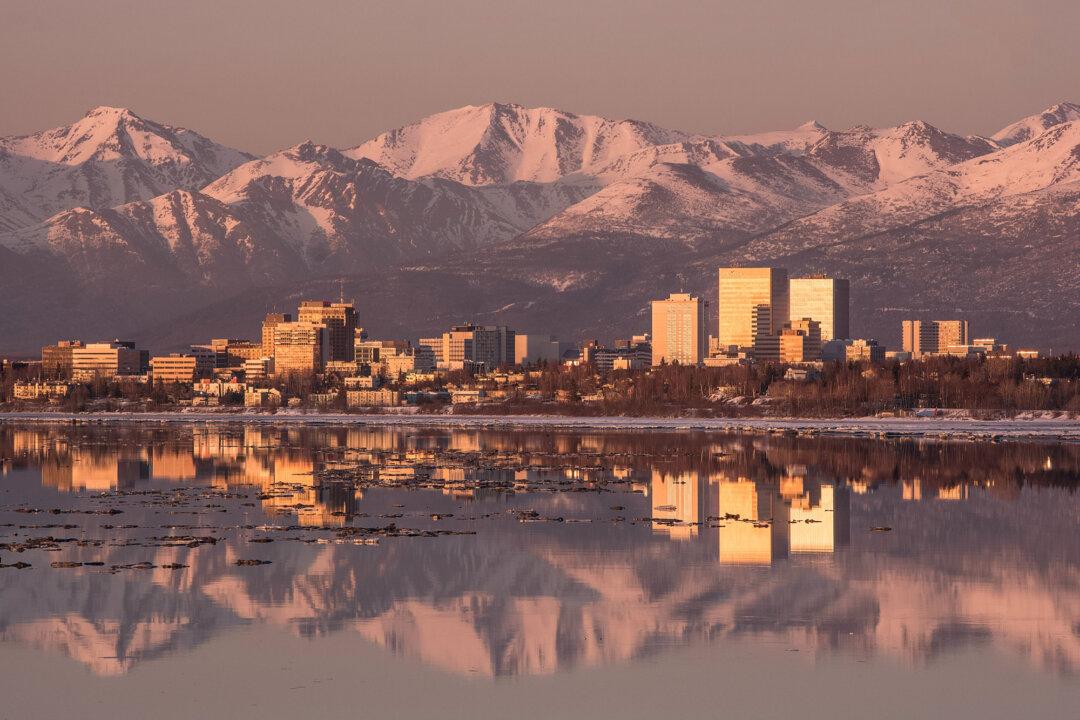In many ways, islands are worlds unto themselves. Surrounded on all sides by vast stretches of open water, they develop their own cultures and languages and folkways, known to all islanders, but strange and fascinating to new arrivals. And some islands, it must be said, are better than others, and those that are far-flung, well, they tend to be the best. In these strange days, when even a trip to the supermarket feels like a journey, dream with us about isles and atolls and keys—filled with natural wonders, and well off the beaten path; I think you’ll agree that these are some of the very best.
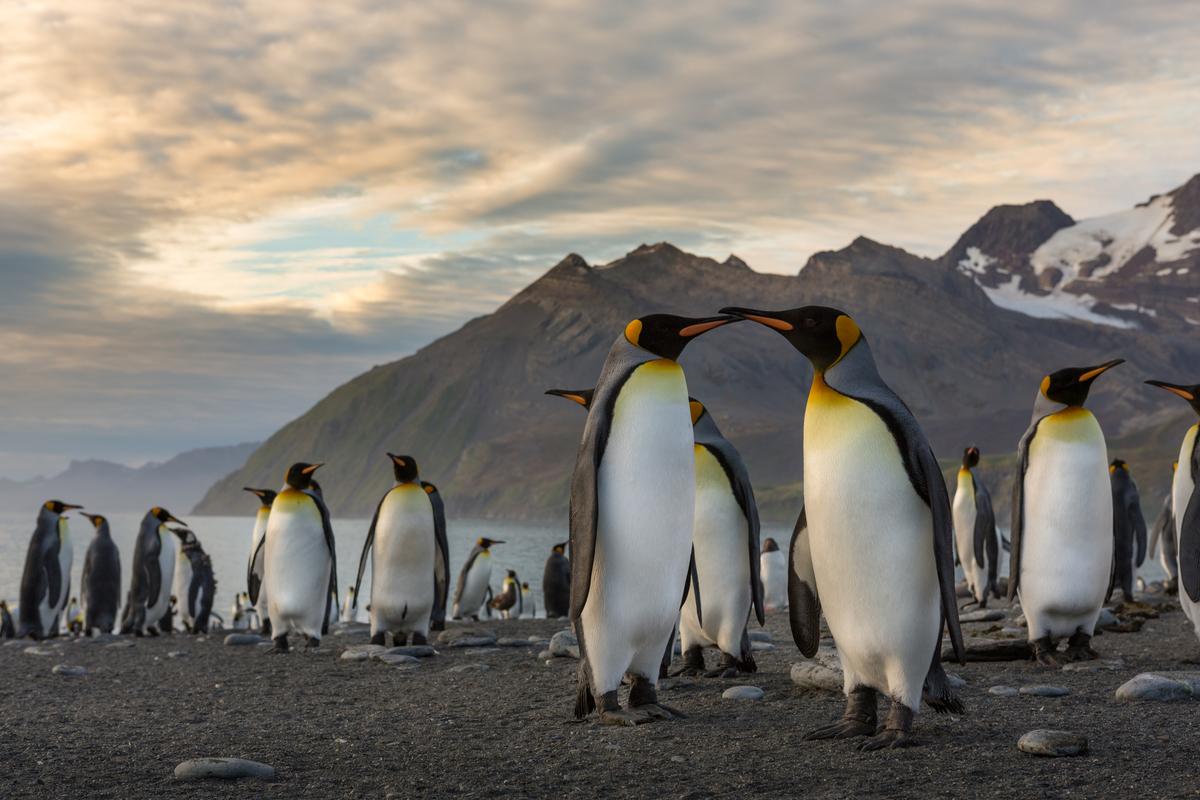
South Georgia Island. Courtesy Adeline Heymann Photography

